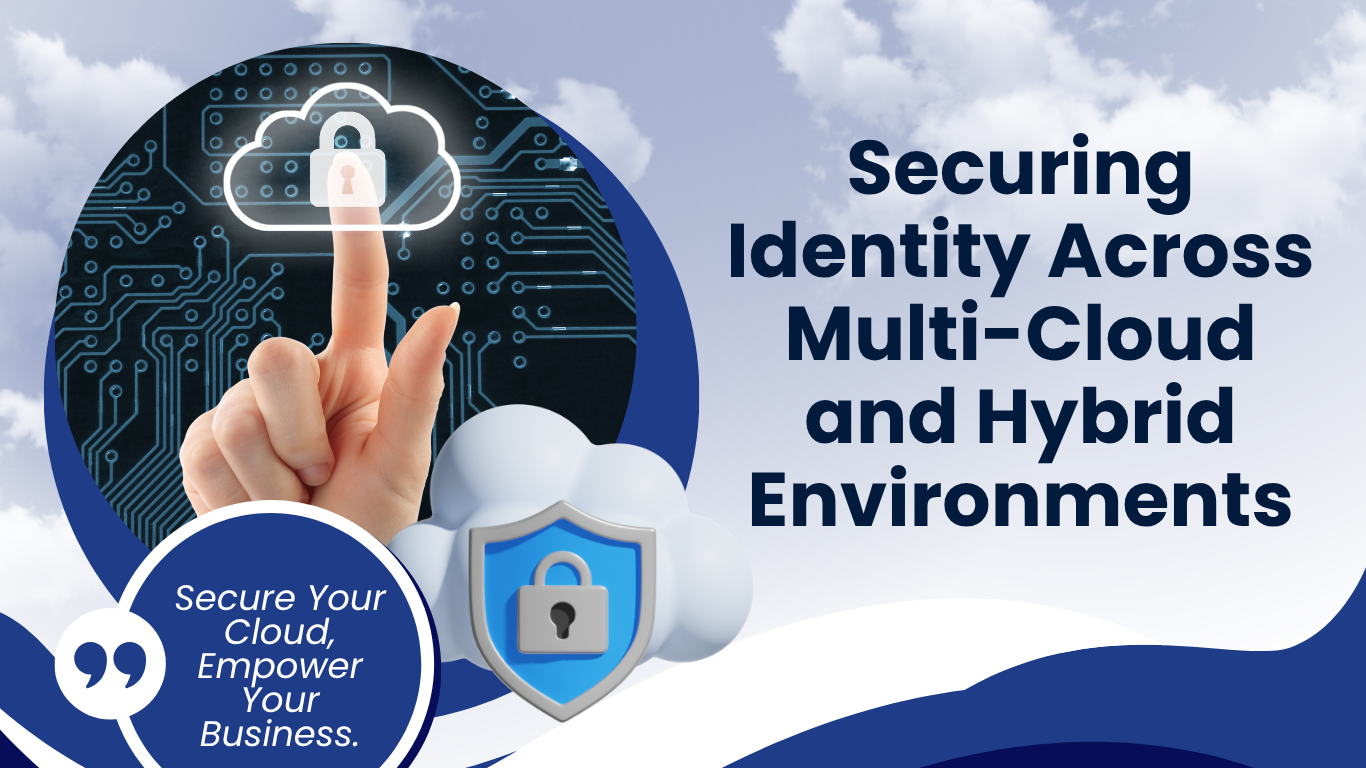
As cloud adoption continues to accelerate, identity has become one of the most critical and complex components of enterprise security. Organizations are no longer relying on a single cloud provider or data center; instead, they are operating in multi-cloud and hybrid environments that span public clouds, on-premises systems, SaaS platforms, and legacy infrastructure.
This fragmented landscape presents a growing challenge: how to manage identity consistently across a diverse, dynamic IT ecosystem. It’s not just about keeping users connected it’s about keeping access secure, compliant, and scalable without slowing down innovation.
Solving this challenge starts with a shift in mindset: identity must be viewed not as a one-time project, but as a foundational architecture layer one that underpins access, governance, and risk across every platform the business touches.
The move to cloud is rarely all-or-nothing. Many organizations adopt cloud services incrementally, driven by specific business needs. A company might use AWS for development, Azure for Office 365, and Google Cloud for data analytics all while retaining core legacy systems on-premises due to regulatory or operational constraints.
This flexibility comes at a cost. Each environment may have its own identity model, access controls, and integration capabilities. Without a unified strategy, this leads to identity silos: users with duplicate accounts across systems, inconsistent roles and entitlements, and gaps in visibility. These silos increase risk, reduce efficiency, and make compliance audits far more difficult.
Additionally, the growing number of non-human identities such as service accounts, bots, and machine workloads adds complexity. These identities often lack proper governance, creating blind spots and potential entry points for attackers.
Traditional IAM solutions were built for centralized environments, where users and resources were confined to a corporate domain. In today’s distributed architecture, this model breaks down. Manual provisioning, static policies, and point-to-point integrations simply cannot keep pace with the velocity and scale of modern cloud environments.
When identity is managed in silos, the business suffers:
To address these challenges, organizations must adopt a cloud-ready identity architecture one that is unified, automated, and policy-driven.
Building an identity strategy that spans cloud and on-premises systems requires several key capabilities:
A strong, cloud-ready identity strategy is key to secure, compliant, and scalable operations.
See how Bridgesoft can unify and automate identity across your cloud and on-premises systems: Bridgesoft Identity Solutions
